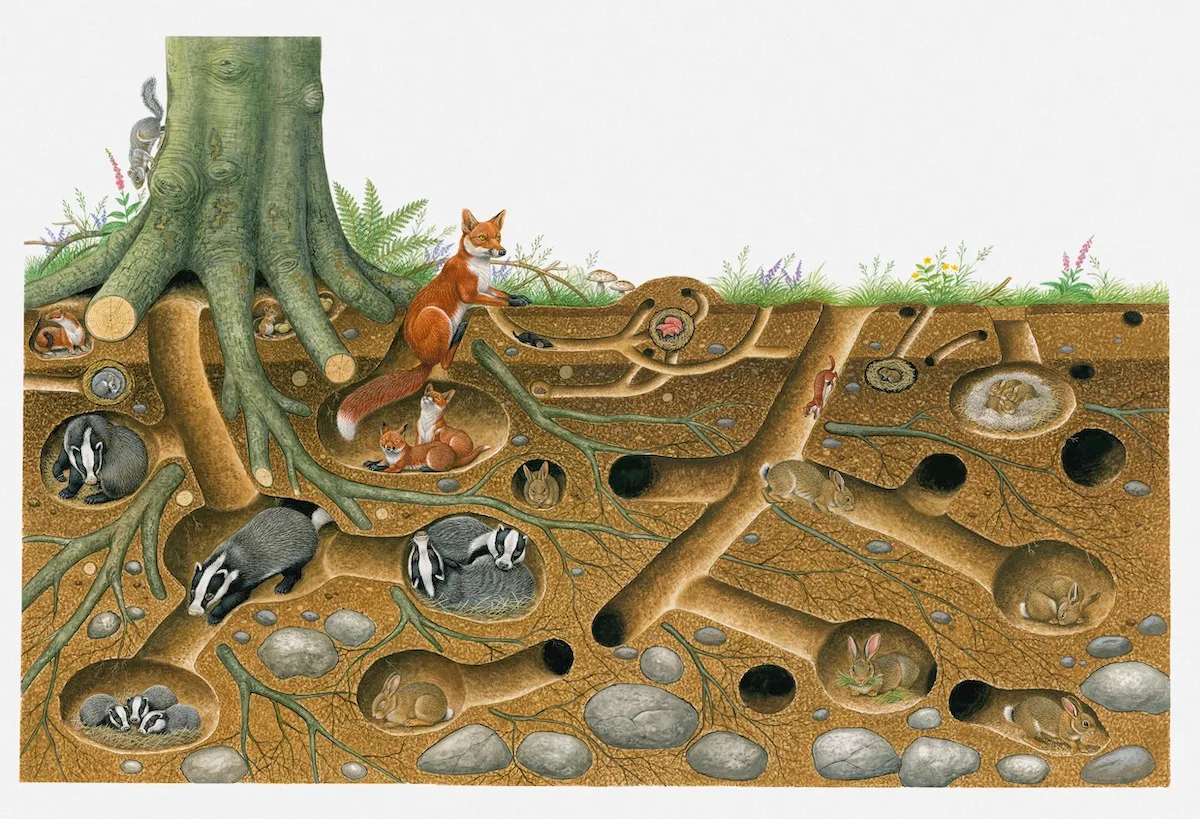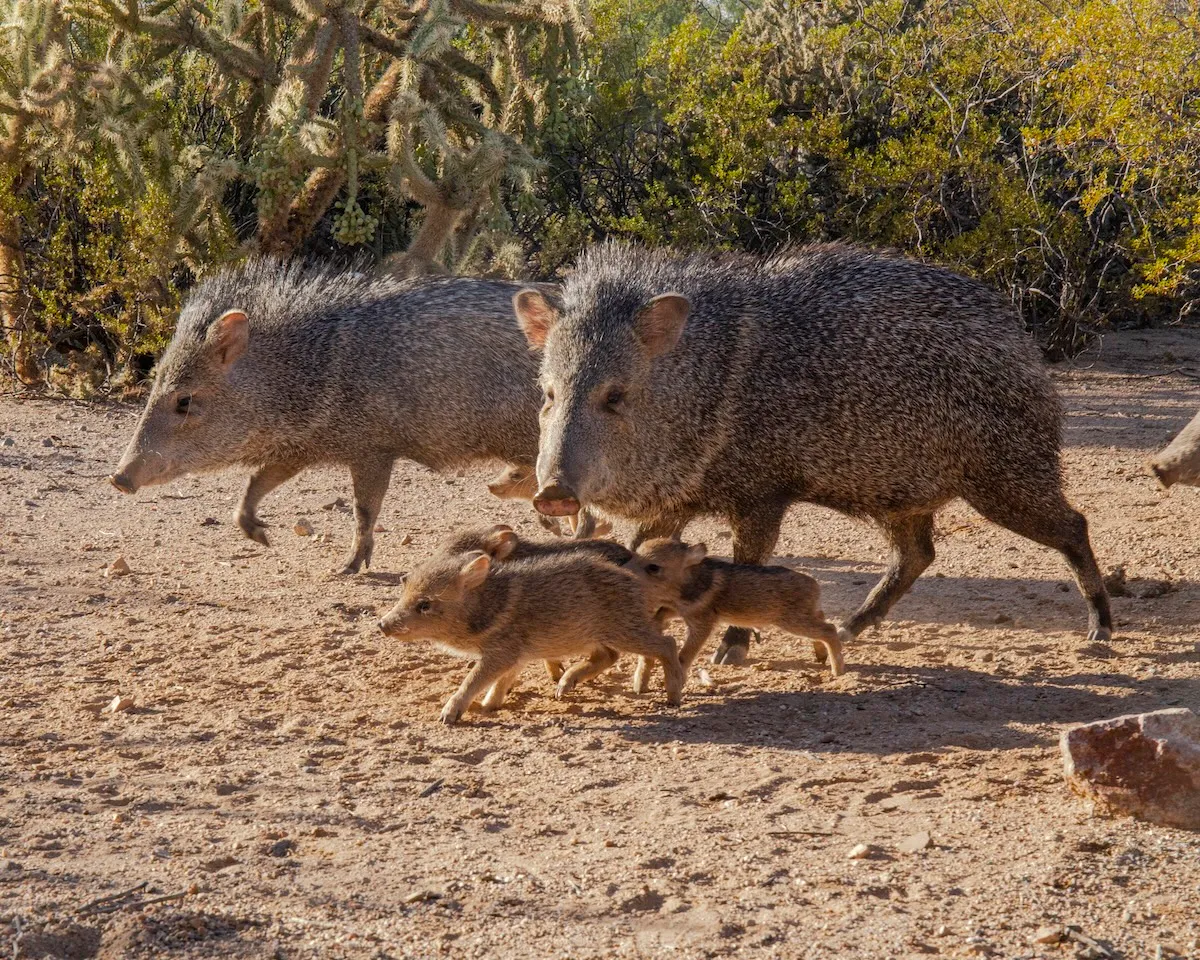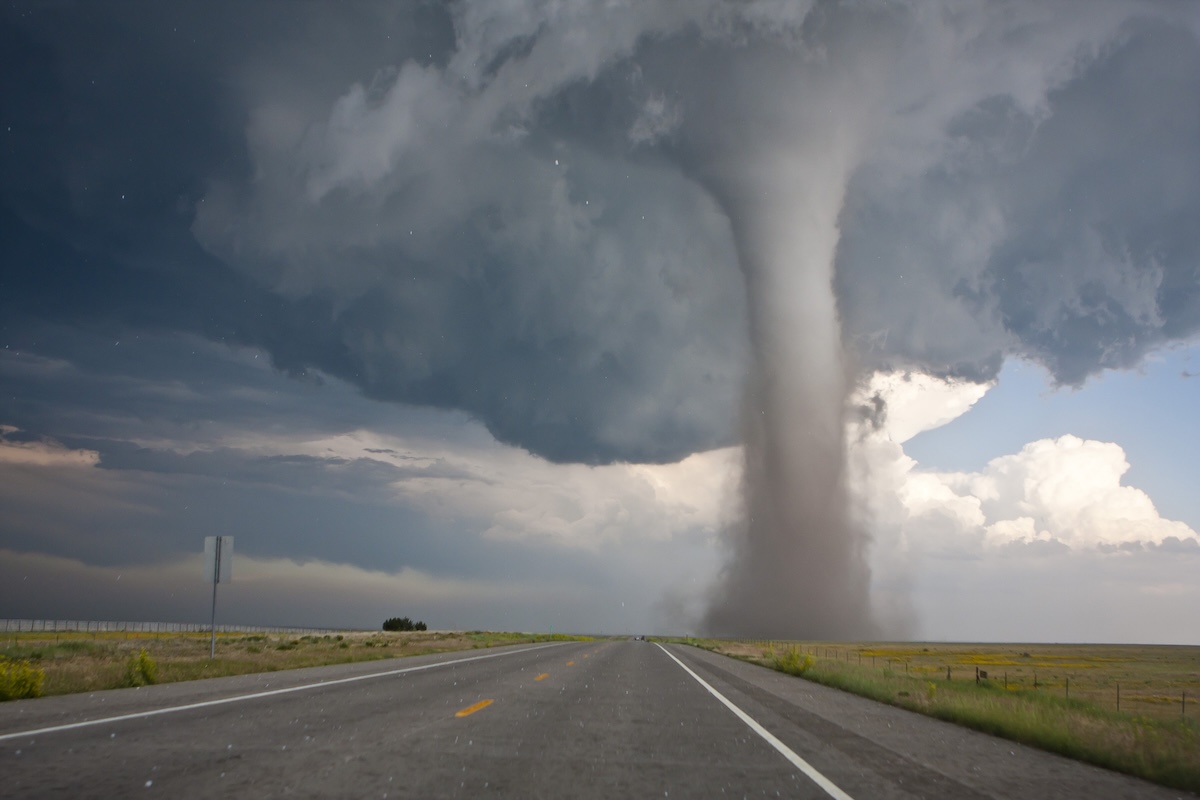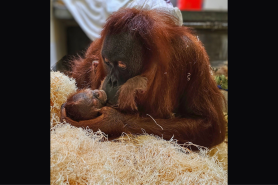

When you’re outdoors doing what you do, do you ever get the sense that something else is nearby? Something not human? I’m not talking about aliens — not really — but rather, animals. While you might not see critters lurking around you, there are signs that they’re there. And you don’t have to be a wildlife expert to see them either. According to seasoned outdoorsmen, the most common signs of wildlife are tracks, leftover waste, damage to vegetation, and natural habitats.
Videos by Outdoors
Tracks
Tracks mean that an animal walked through the area, but you can’t always tell how fresh they are. Tracks can remain undisturbed for a significant amount of time — millions of years, even. However, tracks in snow, mud, or sand mean that an animal was recently there.
Waste
Animals leave waste just like humans do, but it’s a little different. Their waste looks more like poop; fur, feathers, or shells; and bones or discarded food because they use the bathroom, scratch, and eat just like we do. Also, you might see discoloration on objects because they pee on stuff, too, but that’s typically more obvious in residential areas.
Damage
Animals damage vegetation in subtle and not-so-subtle ways. The not-so-subtle ways include nibbling on leaves and gnawing on wood, which might look like sawdust, wood shavings, or stripped bark. Animals also like to dig holes in the ground and into trees. An example of a subtle way would be a game trail. It’s a pathway that larger animals use or leave behind as they travel through the woods. Experts say a game trail is typically less dense than the surrounding area. Plus, you’ll see broken twigs or fallen leaves.
Habitats
Finally, the most obvious sign you’re near wildlife is you’ll see their home. Animal houses come in many forms. They might be a nest or bedding, a wallow, a burrow, a cocoon, etc. If you find one, experts say just leave it alone because they like to take shelter and be comfortable, too. Plus, if you find something that they don’t want you to find like their eggs or food, they might take offense to it.
In the end, if you encounter wildlife, the safest response depends on the animal. A black bear behaves differently than a brown bear, for example. However, experts generally recommend that you stay calm so you don’t startle the animal — whatever it is — and keep your distance to give it space to leave.










thank you for the hard work to make this this is very helpful